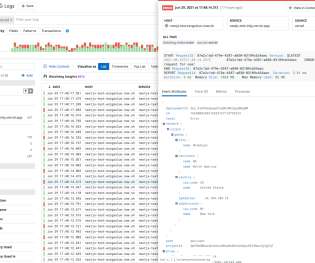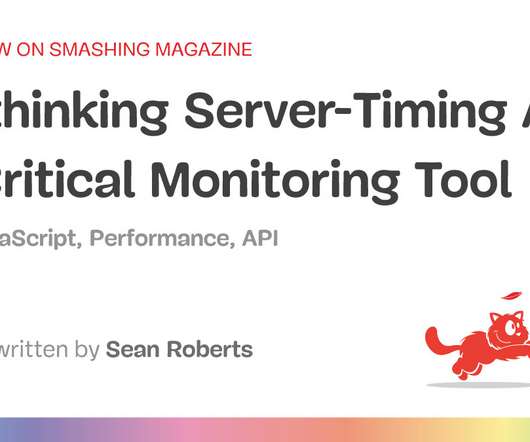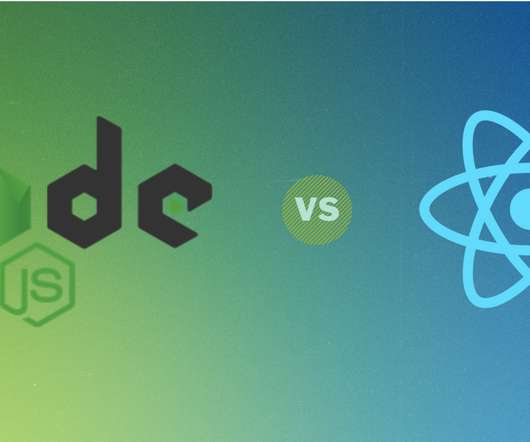Self-Host Your Static Assets
CSS Wizardry
MAY 31, 2019
One of the quickest wins—and one of the first things I recommend my clients do—to make websites faster can at first seem counter-intuitive: you should self-host all of your static assets, forgoing others’ CDNs/infrastructure. Users might already have the file cached. Risk: Slowdowns and Outages. All completely avoidable. to just 3.6s.






























Let's personalize your content